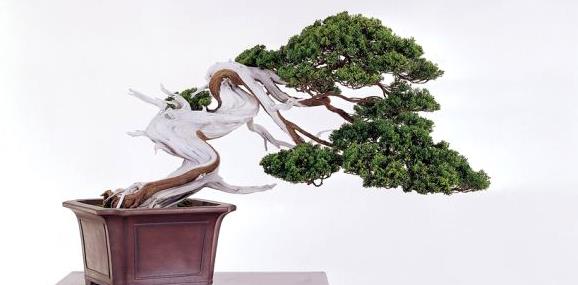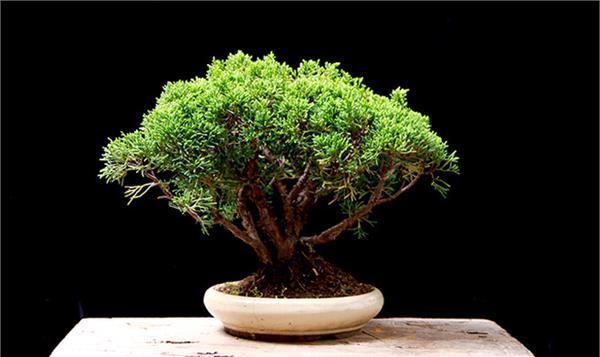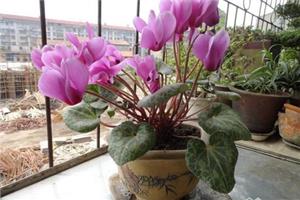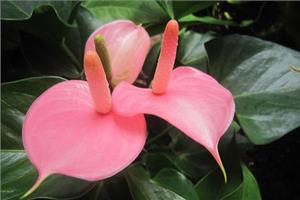How to maintain real cypress bonsai culture points for attention
Real cypress bonsai is the best of bonsai. It is a kind of precious bonsai with long dry Qiu branches, compact leaves and quaint tree posture. Today, let's learn about how we can make it well maintained in the process of downloading and breeding. Owners who like bonsai plants will learn about it together. If you breed it in the future, I can help you.

How to maintain the bonsai of real cypress
Generally speaking, the main species of cypress used for bonsai production are: cypress, juniper, Platycladus orientalis, cypress, cypress and cypress and so on. Today we're going to talk about how to preserve cypress bonsai:
The growth habits of Sabina vulgaris are light-loving, shade-tolerant, cold-resistant and barren-resistant, and can be born in rock crevices; they are not strict with soil, and both neutral and calcareous soil can adapt. But fertile, deep and humus-rich soil is the most suitable. For the basic shaping of the real cypress bonsai in the daily maintenance should pay attention to the following points:
First, the light should be sufficient, but proper shading must be given in summer. It must be shelved in a place with sufficient light in spring, summer and winter to receive full light, so as to avoid dead branches and leaves in the inner chamber.
However, when the ambient temperature enters the summer when the temperature is more than 30 ℃, it should be moved to a place with a shade of 20 ℃, especially to avoid strong light exposure around noon, so that the water supply can not be put in place in time under high temperature and strong light baking, resulting in the necrosis of nutrient fibrous roots on the surface of the basin soil. As a result, some twigs and needles turn yellow and die; in addition, excessive high temperature and strong light will also lead to the loss of green and yellowing of the leaves and, in severe cases, burn the leaves.

Second, the basin soil remains moist all the time. According to the principle of "dry pine and wet cypress", it is necessary to maintain sufficient moisture in the basin soil during the growing season, not only to keep the basin soil in a moist state, but also without stagnant water. Spray water on and around the canopy when the ambient temperature is above 30 ℃. If the basin soil is too dry and is in a high temperature or unventilated environment, it is also easy to cause needles and twigs to turn yellow and die.
Third, topdressing at the right time. During the growing season, the rotten thin cake fertilizer and water can be poured once a month, and the soil can be turned over once a year in early spring to keep its needles green.
Fourth, pruning in time. Remove the thin and dead branches from the inner chamber, and cut the overgrown branches protruding from the crown to maintain a good transparent plant shape.
Fifth, turn the basin regularly. The true cypress generally turns the basin every 2-3 years, and the time should be from March to April in spring and autumn. When turning the basin, the roots were trimmed properly, and the old soil of 1x3x1px2 was removed and replaced with fertile and loose rotten leaf soil, mixed with appropriate amount of rice husk ash (that is, carbonized "stored" rice husk ash, black) and sandy soil.
Sixth, disease prevention and control should be done in place. It is easy to be harmed by red spiders in the high temperature and dry season. Regularly spray with 259 Baileba wettable powder 2000 times to prevent cypress needles from losing green and yellowing. In addition, we should also pay attention to prevent bark beetles from harming the phloem of dry branches.
If you want to know more about it, you can continue to follow the No.1 Home Network.
- Prev

The cause of cyclamen leaves yellowing method of cyclamen culture
The cause of cyclamen leaves yellowing method of cyclamen culture
- Next

The reason why the powder leaves are yellow is the cultivation method of hydroponic powder palm.
The reason why the powder leaves are yellow is the cultivation method of hydroponic powder palm.
Related
- Wuhan Hospital Iron Tree Blooming Result Was Instantly Frightened by the Gardener Master
- Which variety of camellia is the most fragrant and best? Which one do you like best?
- What is the small blue coat, the breeding methods and matters needing attention of the succulent plant
- Dormancy time and maintenance management of succulent plants during dormancy
- Minas succulent how to raise, Minas succulent plant pictures
- What are the varieties of winter succulent plants
- How to raise succulent plants in twelve rolls? let's take a look at some experience of breeding twelve rolls.
- Attention should be paid to water control for succulent plants during dormant period (winter and summer)
- Watering experience of twelve rolls of succulent plants
- Techniques for fertilizing succulent plants. An article will let you know how to fertilize succulent plants.

